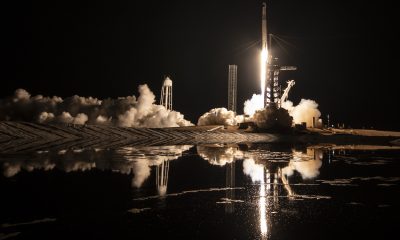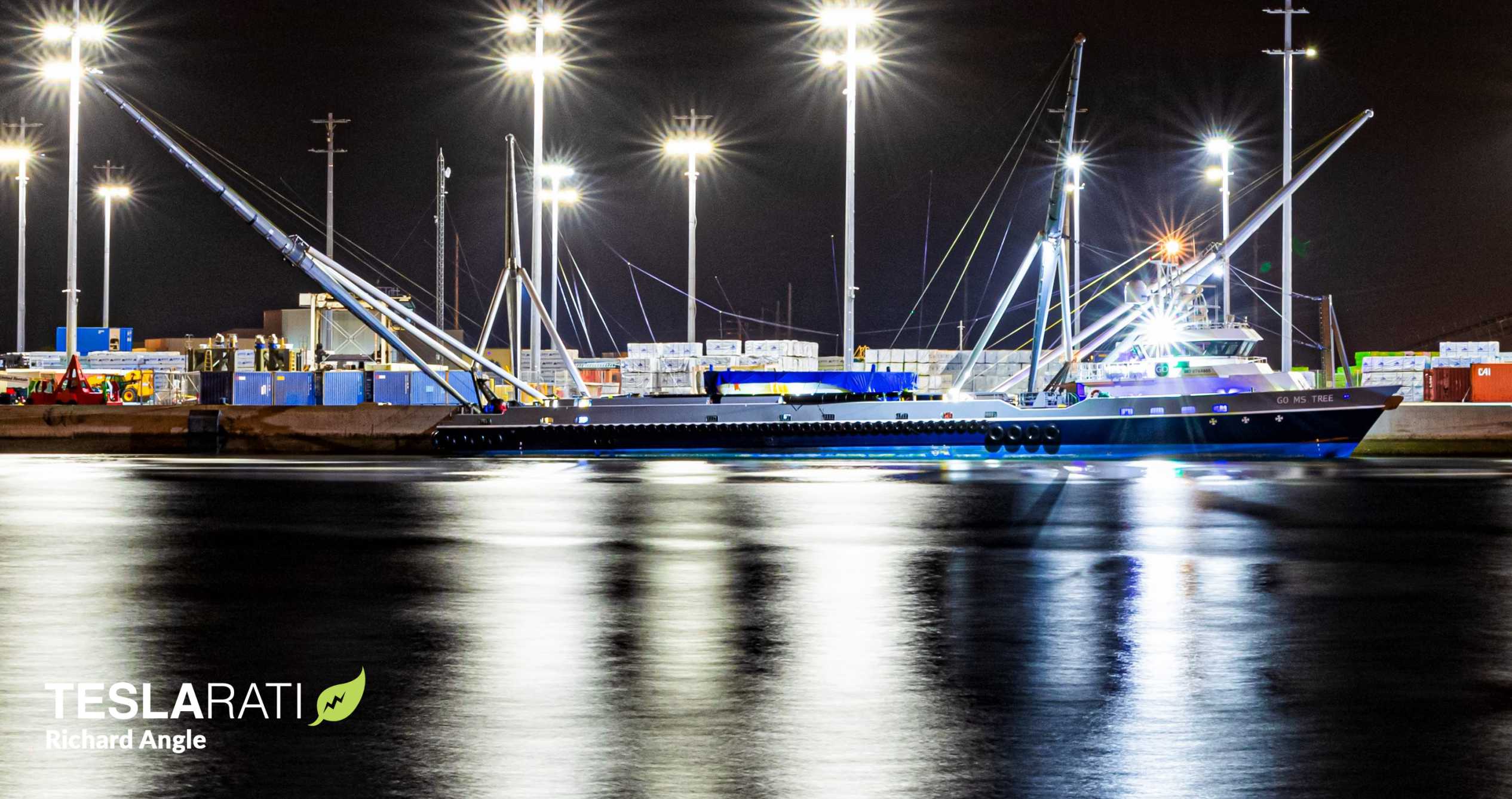

News
SpaceX rocket nosecone catch years in the making caught on camera
In a milestone more than three years in the making, SpaceX has successfully caught both halves of a Falcon 9 rocket’s payload fairing (i.e. nosecone) and shared videos of the historic feat.
Meanwhile, twin ships GO Ms. Tree and GO Ms. Chief returned to Port Canaveral before dawn on July 22nd with their trophies safely in hand. After years of development, at least a dozen failed catch attempts, numerous soft ocean landings, and the introduction of a second identical recovery ship, SpaceX has finally proven that a full rocket fairing can be recovered for (relatively) easy reuse.
Ironically, just eight months ago, SpaceX reused an orbital-class payload fairing for the first time, proving that fairings can be recovered and reused even if they fail to land in a recovery ship’s net. As such, the milestone is slightly less monumental than it otherwise could have been – but that’s not a bad thing, in this case. Most importantly, the successful catch of both halves of a Falcon fairing serves as a reminder of SpaceX’s extraordinary tenacity in the face of repeated failures and the reality that – given enough time and resources – the company almost invariably achieves its goals.
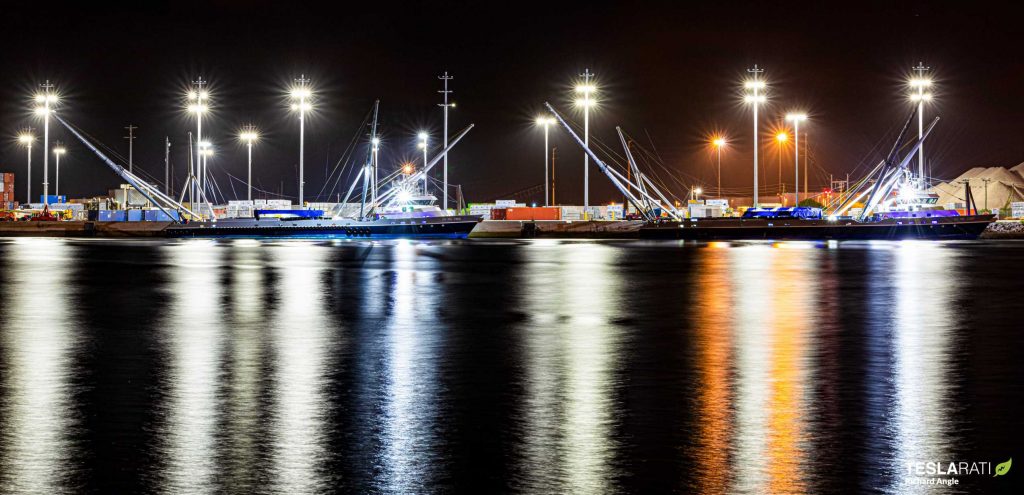
In the scope of orbital-class rocket recovery and reusability, payload fairings – nosecones that protect payloads from the atmosphere and environment and deploy several minutes after launch – rarely register. Relative to launch vehicle stages, the fairing typically represents a small fraction of the overall rocket’s cost. However, when built almost entirely out of carbon fiber composites to save as much weight as possible, they can require an outsized amount of labor and production time. At the same time, for a company like SpaceX that has already effectively solved the problem of routine booster recovery and reuse, a part that may have once represented a small fraction of launch costs can quickly become a major portion.
For Falcon 9, with the booster representing something like 65% of the rocket’s material cost, the payload fairing’s share of overall launch cost with a reused booster can quickly balloon from 10% to ~30%. Of course, those savings really only register from an internal perspective, which is precisely way SpaceX has continued to invest in fairing reuse after years with minimal success. Cutting ~30% off the material cost of the dozens to hundreds of Starlink launches planned over the next several years could easily save SpaceX hundreds of millions of dollars.

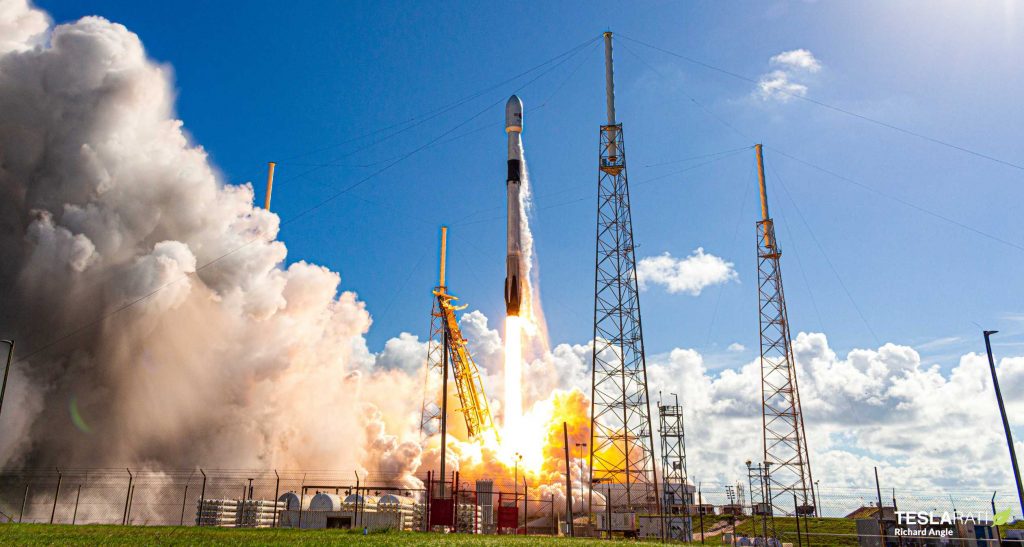

As such, SpaceX continues to reap the benefits of a healthy, industry-leading commercial launch business, more or less allowing it to pay for the production of rockets and facilities by launching a few commercial missions before moving on to many, many more Starlink launches. Up to now, only Falcon boosters have been able to take advantage of that unique opportunity, but SpaceX has very recently begun to reuse payload fairings – also frequently debuting on commercial missions. As of July 23rd, SpaceX has reused Falcon 9 and Falcon Heavy fairings three times, all on Starlink satellite launches.
On July 20th, Falcon 9 booster B1058 lifted off for the second time after a record-breaking turnaround, carrying South Korea’s ANASIS II military communications satellite and a fresh payload fairing atop a new upper stage. Simultaneously breaking a drought of fairing catches, GO Ms. Tree and GO Ms. Chief successfully caught both halves of said payload fairing in their respective nets for the first time ever. Protected from saltwater immersion that can easily corrode the aluminum both inside and outside the fairings, the successful catch all but guarantees that SpaceX will be able to quickly and easily reuse this fairing on a future Starlink mission.
Two simultaneously successful catches after 12 attempts – three successful – in ~30 months is either an extraordinary fluke or a sign that SpaceX may have solved fairing recovery after years of hard work and iterative improvement. SpaceX’s next firm launch is scheduled no earlier than July 30th and another Starlink mission could potentially happen between now and then, so the company should have several attempts to test its fairing recovery luck in the near future.
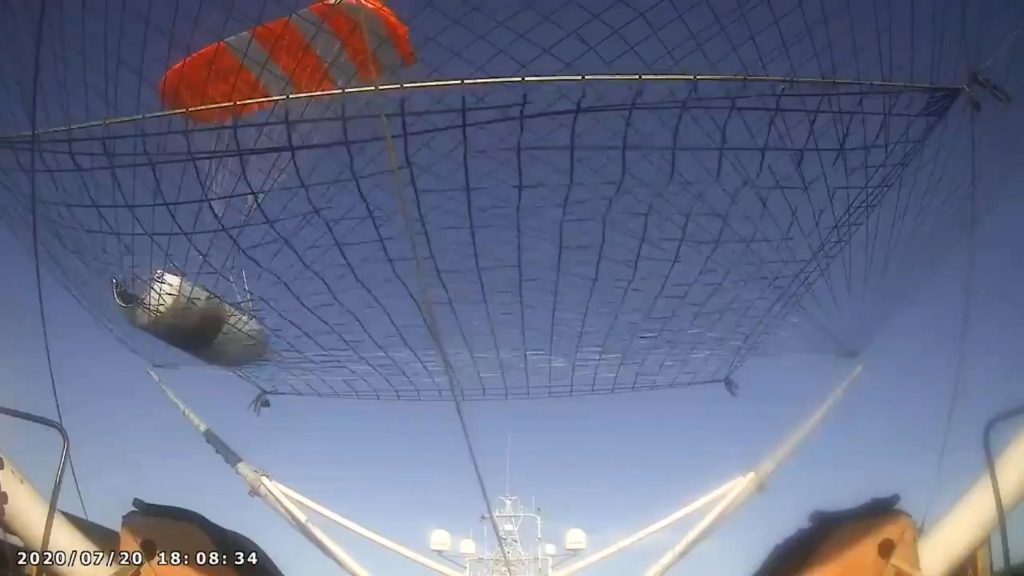
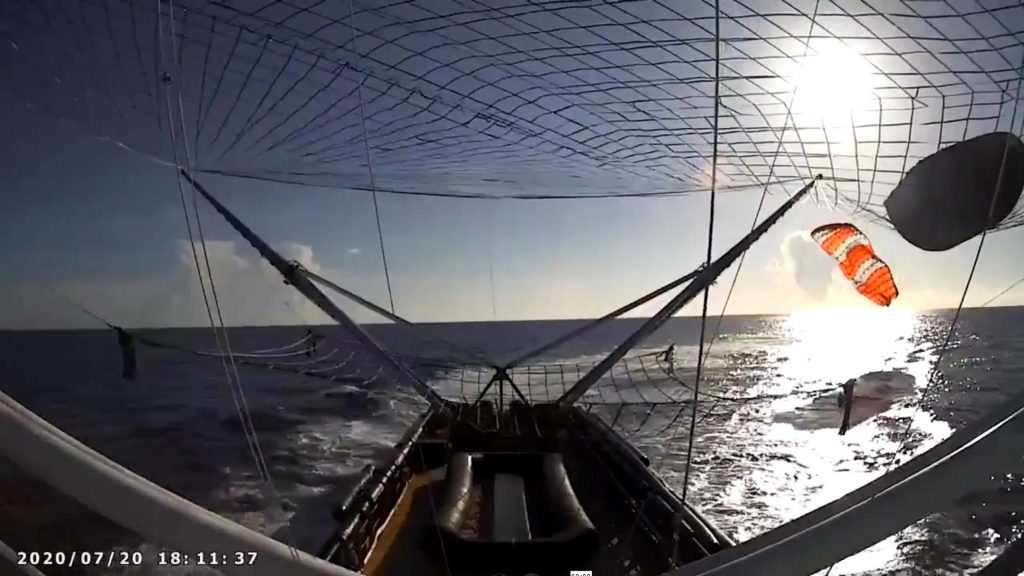
Check out Teslarati’s Marketplace! We offer Tesla accessories, including for the Tesla Cybertruck and Tesla Model 3.
News
Tesla cleared in Canada EV rebate investigation
Tesla has been cleared in an investigation into the company’s staggering number of EV rebate claims in Canada in January.
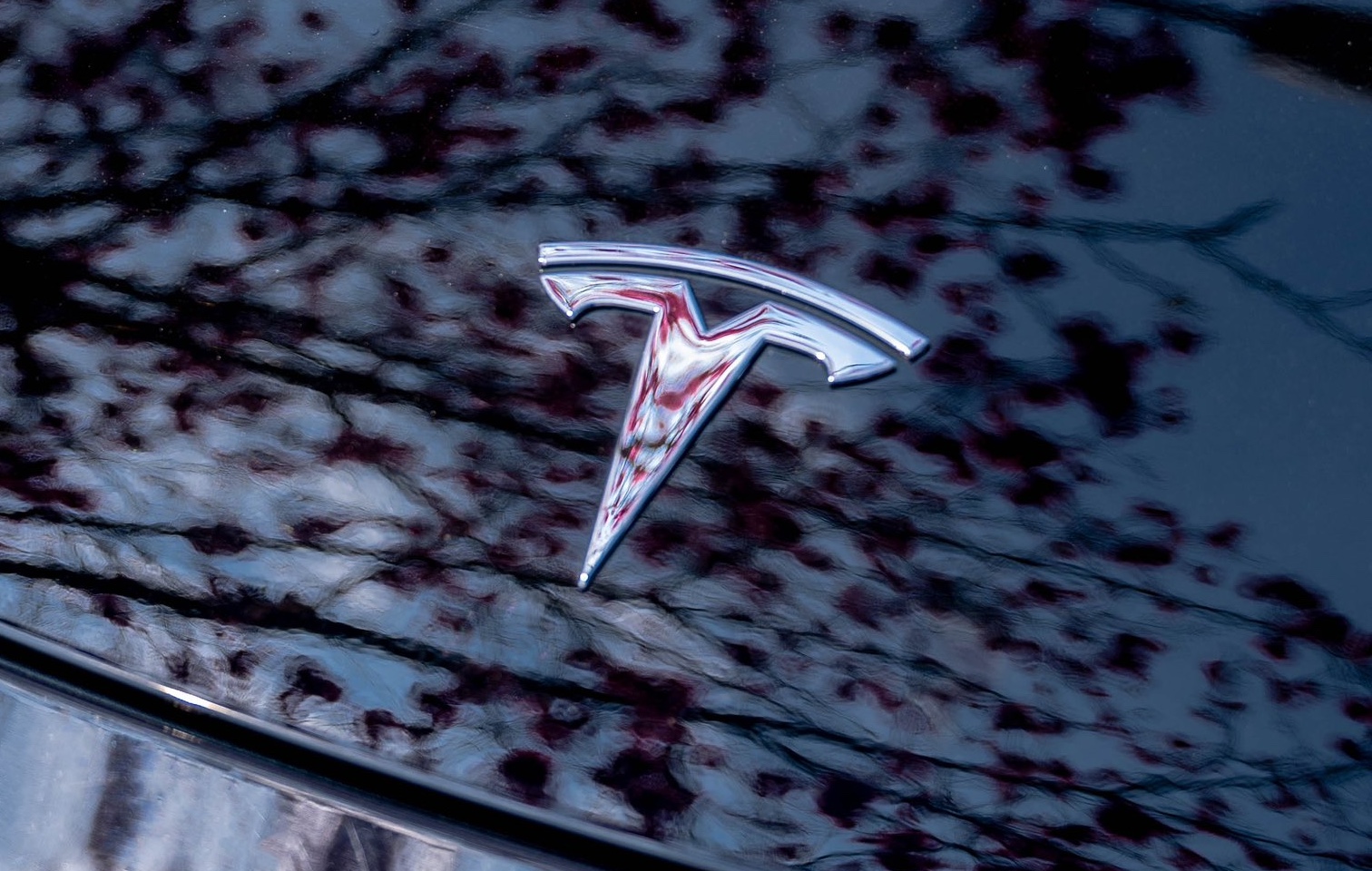
Canadian officials have cleared Tesla following an investigation into a large number of claims submitted to the country’s electric vehicle (EV) rebates earlier this year.
Transport Canada has ruled that there was no evidence of fraud after Tesla submitted 8,653 EV rebate claims for the country’s Incentives for Zero-Emission Vehicles (iZEV) program, as detailed in a report on Friday from The Globe and Mail. Despite the huge number of claims, Canadian authorities have found that the figure represented vehicles that had been delivered prior to the submission deadline for the program.
According to Transport Minister Chrystia Freeland, the claims “were determined to legitimately represent cars sold before January 12,” which was the final day for OEMs to submit these claims before the government suspended the program.
Upon initial reporting of the Tesla claims submitted in January, it was estimated that they were valued at around $43 million. In March, Freeland and Transport Canada opened the investigation into Tesla, noting that they would be freezing the rebate payments until the claims were found to be valid.
READ MORE ON ELECTRIC VEHICLES: EVs getting cleaner more quickly than expected in Europe: study
Huw Williams, Canadian Automobile Dealers Association Public Affairs Director, accepted the results of the investigation, while also questioning how Tesla knew to submit the claims that weekend, just before the program ran out.
“I think there’s a larger question as to how Tesla knew to run those through on that weekend,” Williams said. “It doesn’t appear to me that we have an investigation into any communication between Transport Canada and Tesla, between officials who may have shared information inappropriately.”
Tesla sales have been down in Canada for the first half of this year, amidst turmoil between the country and the Trump administration’s tariffs. Although Elon Musk has since stepped back from his role with the administration, a number of companies and officials in Canada were calling for a boycott of Tesla’s vehicles earlier this year, due in part to his association with Trump.
News
Tesla Semis to get 18 new Megachargers at this PepsiCo plant
PepsiCo is set to add more Tesla Semi Megachargers, this time at a facility in North Carolina.
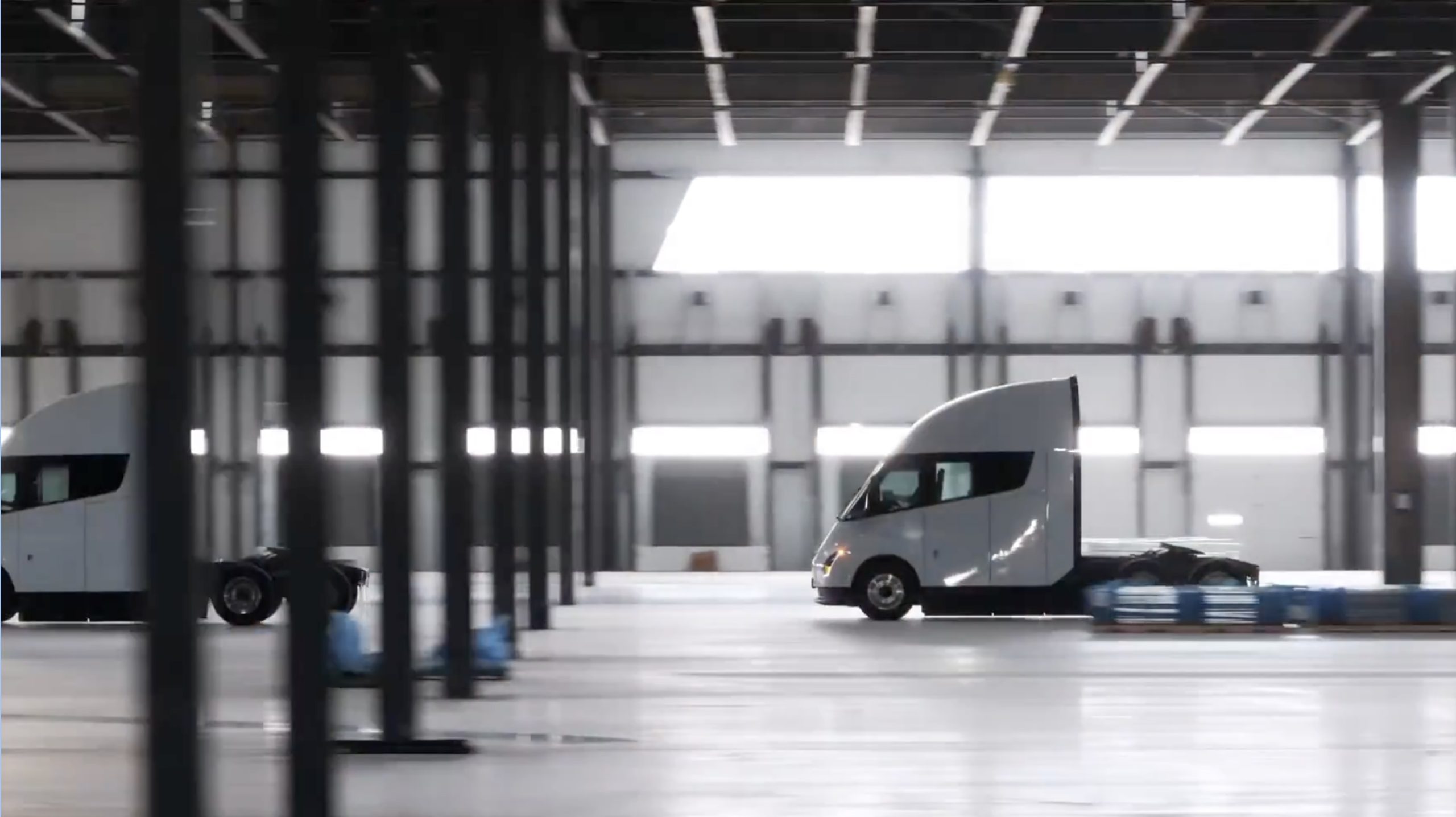
Tesla partner PepsiCo is set to build new Semi charging stations at one of its manufacturing sites, as revealed in new permitting plans shared this week.
On Friday, Tesla charging station scout MarcoRP shared plans on X for 18 Semi Megacharging stalls at PepsiCo’s facility in Charlotte, North Carolina, coming as the latest update plans for the company’s increasingly electrified fleet. The stalls are set to be built side by side, along with three Tesla Megapack grid-scale battery systems.
The plans also note the faster charging speeds for the chargers, which can charge the Class 8 Semi at speeds of up to 1MW. Tesla says that the speed can charge the Semi back to roughly 70 percent in around 30 minutes.
You can see the site plans for the PepsiCo North Carolina Megacharger below.
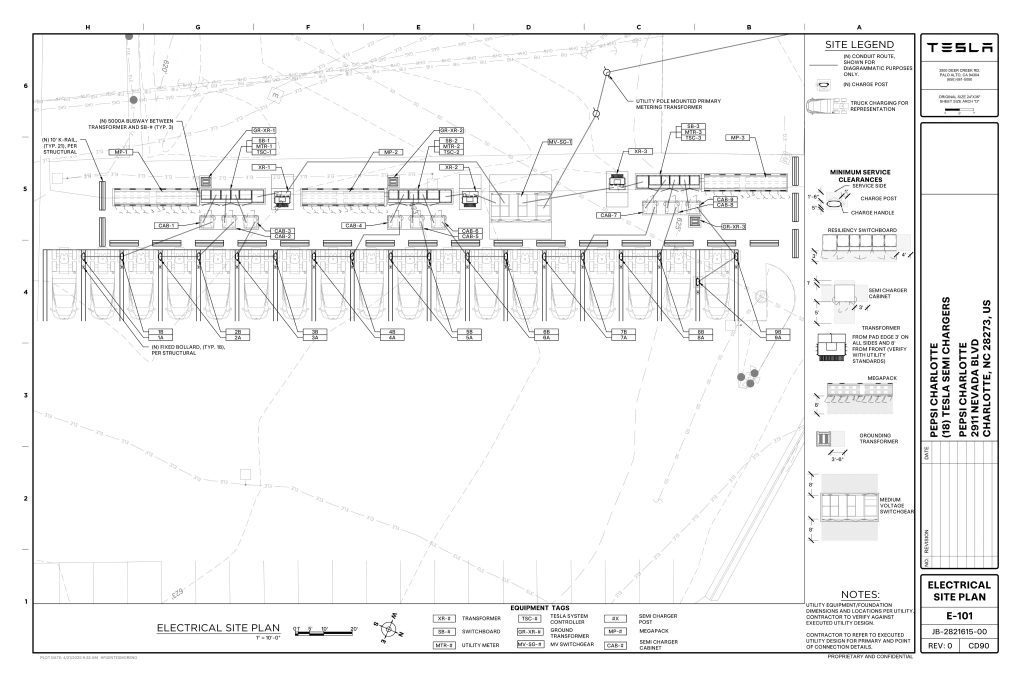
Credit: PepsiCo (via MarcoRPi1 on X)

Credit: PepsiCo (via MarcoRPi1 on X)
READ MORE ON THE TESLA SEMI: Tesla to build Semi Megacharger station in Southern California
PepsiCo’s Tesla Semi fleet, other Megachargers, and initial tests and deliveries
PepsiCo was the first external customer to take delivery of Tesla’s Semis back in 2023, starting with just an initial order of 15. Since then, the company has continued to expand the fleet, recently taking delivery of an additional 50 units in California. The PepsiCo fleet was up to around 86 units as of last year, according to statements from Semi Senior Manager Dan Priestley.
Additionally, the company has similar Megachargers at its facilities in Modesto, Sacramento, and Fresno, California, and Tesla also submitted plans for approval to build 12 new Megacharging stalls in Los Angeles County.
Over the past couple of years, Tesla has also been delivering the electric Class 8 units to a number of other companies for pilot programs, and Priestley shared some results from PepsiCo’s initial Semi tests last year. Notably, the executive spoke with a handful of PepsiCo workers who said they really liked the Semi and wouldn’t plan on going back to diesel trucks.
The company is also nearing completion of a higher-volume Semi plant at its Gigafactory in Nevada, which is expected to eventually have an annual production capacity of 50,000 Semi units.
Tesla executive teases plan to further electrify supply chain
News
Tesla sales soar in Norway with new Model Y leading the charge
Tesla recorded a 54% year-over-year jump in new vehicle registrations in June.
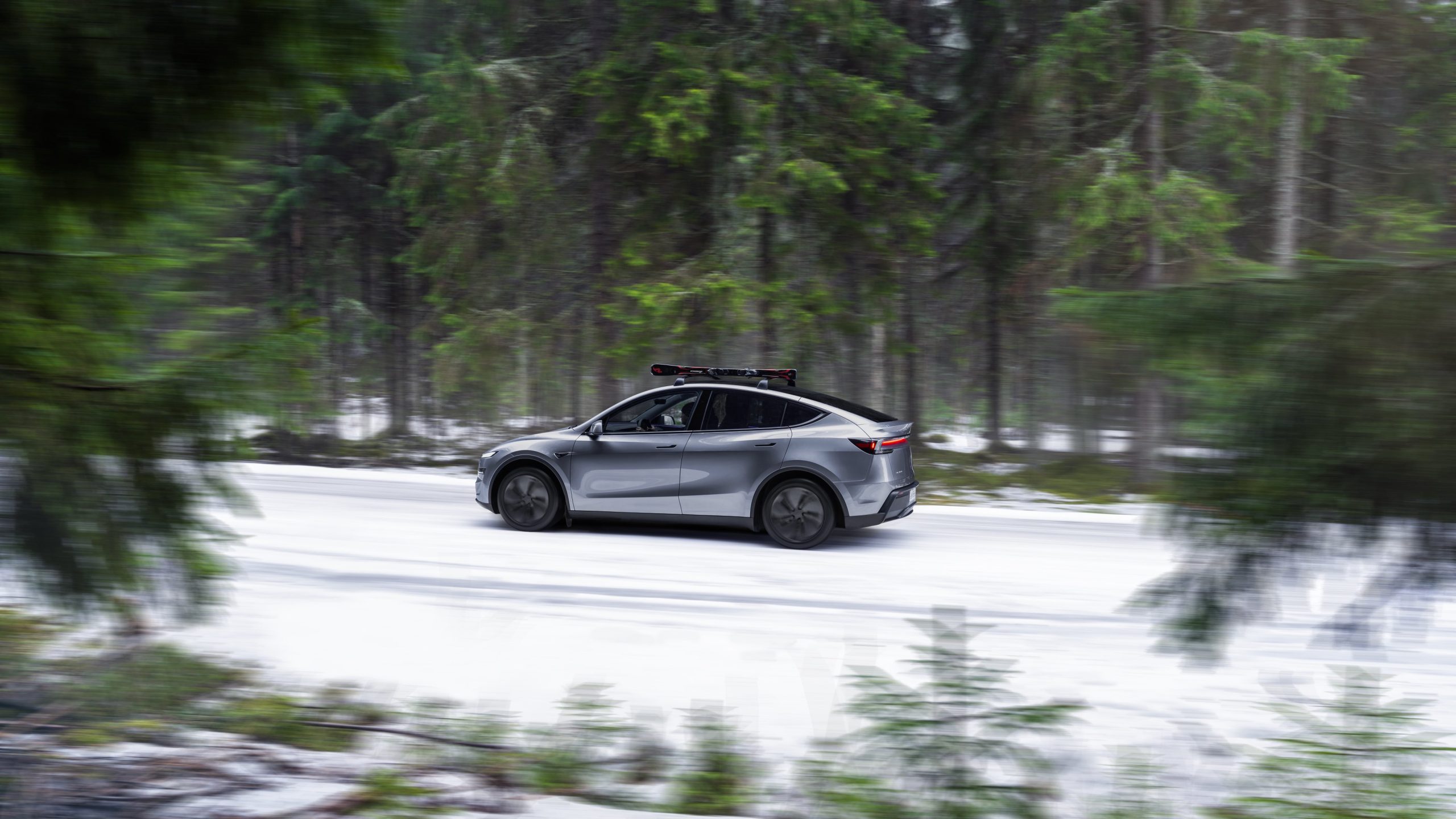
Tesla is seeing strong momentum in Norway, with sales of the new Model Y helping the company maintain dominance in one of the world’s most electric vehicle-friendly markets.
Model Y upgrades and consumer preferences
According to the Norwegian Road Federation (OFV), Tesla recorded a 54% year-over-year jump in new vehicle registrations in June. The Model Y led the charge, posting a 115% increase compared to the same period last year. Tesla Norway’s growth was even more notable in May, with sales surging a whopping 213%, as noted in a CNBC report.
Christina Bu, secretary general of the Norwegian EV Association (NEVA), stated that Tesla’s strong market performance was partly due to the updated Model Y, which is really just a good car, period.
“I think it just has to do with the fact that they deliver a car which has quite a lot of value for money and is what Norwegians need. What Norwegians need, a large luggage space, all wheel drive, and a tow hitch, high ground clearance as well. In addition, quite good digital solutions which people have gotten used to, and also a charging network,” she said.
Tesla in Europe
Tesla’s success in Norway is supported by long-standing government incentives for EV adoption, including exemptions from VAT, road toll discounts, and access to bus lanes. Public and home charging infrastructure is also widely available, making the EV ownership experience in the country very convenient.
Tesla’s performance in Europe is still a mixed bag, with markets like Germany and France still seeing declines in recent months. In areas such as Norway, Spain, and Portugal, however, Tesla’s new car registrations are rising. Spain’s sales rose 61% and Portugal’s sales rose 7% last month. This suggests that regional demand may be stabilizing or rebounding in pockets of Europe.
-

 Elon Musk2 weeks ago
Elon Musk2 weeks agoTesla investors will be shocked by Jim Cramer’s latest assessment
-

 Elon Musk2 days ago
Elon Musk2 days agoxAI launches Grok 4 with new $300/month SuperGrok Heavy subscription
-

 Elon Musk4 days ago
Elon Musk4 days agoElon Musk confirms Grok 4 launch on July 9 with livestream event
-

 News1 week ago
News1 week agoTesla Model 3 ranks as the safest new car in Europe for 2025, per Euro NCAP tests
-
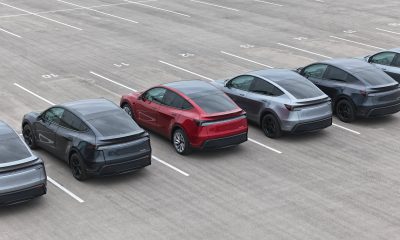
 Elon Musk2 weeks ago
Elon Musk2 weeks agoA Tesla just delivered itself to a customer autonomously, Elon Musk confirms
-

 Elon Musk1 week ago
Elon Musk1 week agoxAI’s Memphis data center receives air permit despite community criticism
-

 News2 weeks ago
News2 weeks agoXiaomi CEO congratulates Tesla on first FSD delivery: “We have to continue learning!”
-

 Investor's Corner2 weeks ago
Investor's Corner2 weeks agoTesla gets $475 price target from Benchmark amid initial Robotaxi rollout


